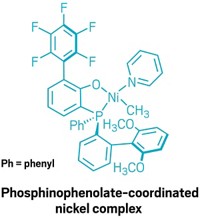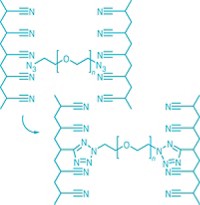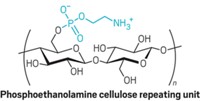Advertisement
Grab your lab coat. Let's get started
Welcome!
Welcome!
Create an account below to get 6 C&EN articles per month, receive newsletters and more - all free.
It seems this is your first time logging in online. Please enter the following information to continue.
As an ACS member you automatically get access to this site. All we need is few more details to create your reading experience.
Not you? Sign in with a different account.
Not you? Sign in with a different account.
ERROR 1
ERROR 1
ERROR 2
ERROR 2
ERROR 2
ERROR 2
ERROR 2
Password and Confirm password must match.
If you have an ACS member number, please enter it here so we can link this account to your membership. (optional)
ERROR 2
ACS values your privacy. By submitting your information, you are gaining access to C&EN and subscribing to our weekly newsletter. We use the information you provide to make your reading experience better, and we will never sell your data to third party members.
Analytical Chemistry
Amber’s Chemical Links Revealed
Succinic acid makes polymeric connections to help harden natural resin
by Jyllian Kemsley
July 7, 2014
| A version of this story appeared in
Volume 92, Issue 27
Canadian Conservation Institute researchers have demonstrated that succinyl groups cross-link diterpene polymers to help tree resin solidify into amber (Anal. Chem. 2014, DOI: 10.1021/ac501073k). Well-known for its durable and insoluble nature, amber has preserved insects and plant material for millennia. But those same properties make the material difficult to analyze. Pyrolyzing samples to decompose them and then examining the residue using gas chromatography/mass spectrometry is the method of choice. In the new work, Jennifer A. Poulin and Kate Helwig altered the standard approach and heated samples more slowly to 450 °C rather than the usual 480 °C to reveal new details of the chemical structure of one class of amber. They confirm a four-decade-old proposal stating that in some ambers communyl or ozyl moieties of diterpene polymers are connected through succinyl ester links. The results suggest that succinic acid plays a key role in hardening plant resin into amber.





Join the conversation
Contact the reporter
Submit a Letter to the Editor for publication
Engage with us on Twitter